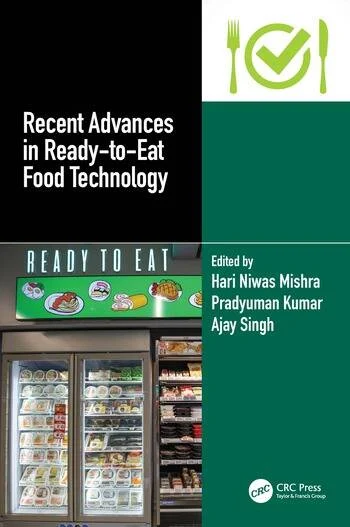Frozen ready meals market predicted to grow
Consumers appear to be relying on frozen ready meals to meet the needs for their healthy, busy lifestyles.

The demand for frozen ready meals is expected to witness steady demands in the foreseeable future, according to a recent Future Market Insights’ report. However, due to in the global cold chain and growing complexities in production of frozen ready meals, the report notes market growth impediments will continue to be in place.
The report found the global frozen ready meals market will expand at a moderate CAGR of 4.3 percent and bring in estimated revenues worth over US$ 47 billion. Key factors influencing the growth dynamics of the global frozen ready meals market are the following:
Quality and safety standards compliance: The report says food processors providing frozen ready meals are expected to be compliant to the safety and food quality standards set by regional and global regulatory bodies, such as FSMA. Companies, such as General Mills, McCain Foods Ltd., Nestle S.A., Daiya Foods Inc., Conagra Brands, Inc., Atkins Nutritionals, Inc., FRoSTA AG, and Kraft Heinz are expected to follow production techniques that retain the quality of the frozen ready meals.
New investments into equipment: The report predicts the aforementioned companies will likely invest millions in developing methods for making frozen ready meals safer. They are also likely to collaborate more with packaging partners. New machineries are being developed to facilitate the cook-assemble-freeze manufacturing of these meals at a large scale. Cold storage companies are witnessing a consolidation to ensure that the fluctuating storage conditions do not degrade the quality of frozen ready meals to higher extent.
Asia-Pacific demand expected to drive market: The report provides an intensity map that reveals that a majority of market players will concentrate their production in the Asia-Pacific excluding Japan (APEJ) region. The APEJ frozen ready meals market is expected to witness highest and fastest expansion during the forecast period, in terms of production as well as sales. Consumers in the APEJ region are estimated to be more inclined towards frozen ready meals against fresh meals due to the ease of reheating and thawing over preparing the meals from scratch. Europe and North America are also expected to witness considerable growth in terms of sales of frozen ready meals. Large food chain services in these developed regions will showcase a considerable end-use of frozen ready meals through 2026.
Highest end-use among food chain services and modern trade outlets: The report says by the end of 2026, more than US$ 16.6 billion worth of frozen ready meals will be used by food chain services across the globe. The report also reveals that chicken meals will be a top-selling product in the overall frozen ready meals landscape. In 2017 and beyond, more than one-third of revenues procured in the global frozen ready meals market will be accounted by the sales of frozen ready chicken meals.
For more information: https://www.futuremarketinsights.com/reports/frozen-ready-meal-market
Looking for a reprint of this article?
From high-res PDFs to custom plaques, order your copy today!








